Why you should grow your own potatoes and the 8 varieties you need to try when you do
The New Year usually signifies a new diet, a new life plan and a new planting rota. Mark Diacono explains why you should grow your own potatoes and which varieties you should choose when you do.

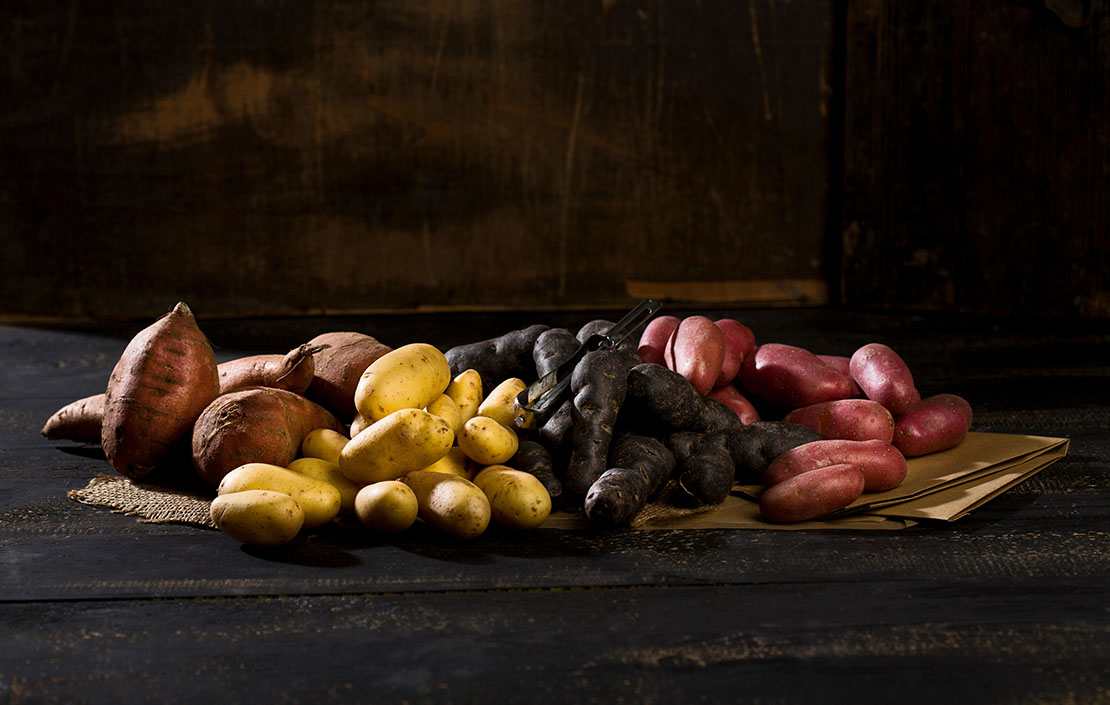
With each year, I grow fewer and fewer potatoes. It’s not that I’ve gone off them – quite the reverse – but there are so many other delights I want to find time and space to grow and, when you’re a lanky chap of a certain age, eating too many spuds can leave you looking like a snake that’s swallowed a wheelbarrow.
So the potato patch has shrunk a little and I’ve become more particular about the varieties I give valuable space to – they really must be exceptional – and I find myself choosing almost solely French varieties. It’s not been a conscious decision, so much as a shift towards those with the most incredible flavour and texture.
"I’m uninterested in playing Russian roulette with blight in summer."
As you might expect of that country’s cuisine, these considerations are paramount for why a variety survives in France. Whether it’s disease-resistant or heavy yielding is secondary.
If you’re relatively new to growing potatoes, you may not recognise many of the French varieties available as seed potatoes: most are the preserve of the home grower. And, although Charlotte and Chérie may be familiar as they’re grown commercially, they are by no means the best.

Most of the varieties I favour are early- to mid-season ones such as the unromantically named BF15 and Cheyenne. I prefer these nuttier, firmer, salad potatoes to flourier varieties and I’m uninterested in playing Russian roulette with blight in summer.
Earlies are planted, grown and harvested before midsummer, when the warm weather that encourages blight arrives, so you have more chance of a clean crop and, once they’re lifted, the space is freed in good time to plant out courgettes, squash or whatever you fancy instead.
"you can choose varieties that have the finest flavour and texture – and you get them cheaply and for little work."
Early potatoes are also the most expensive to buy. Grow them at home and you can choose varieties that have the finest flavour and texture – and you get them cheaply and for little work. Growing predominantly earlies gives you the best of all worlds.
Exquisite houses, the beauty of Nature, and how to get the most from your life, straight to your inbox.
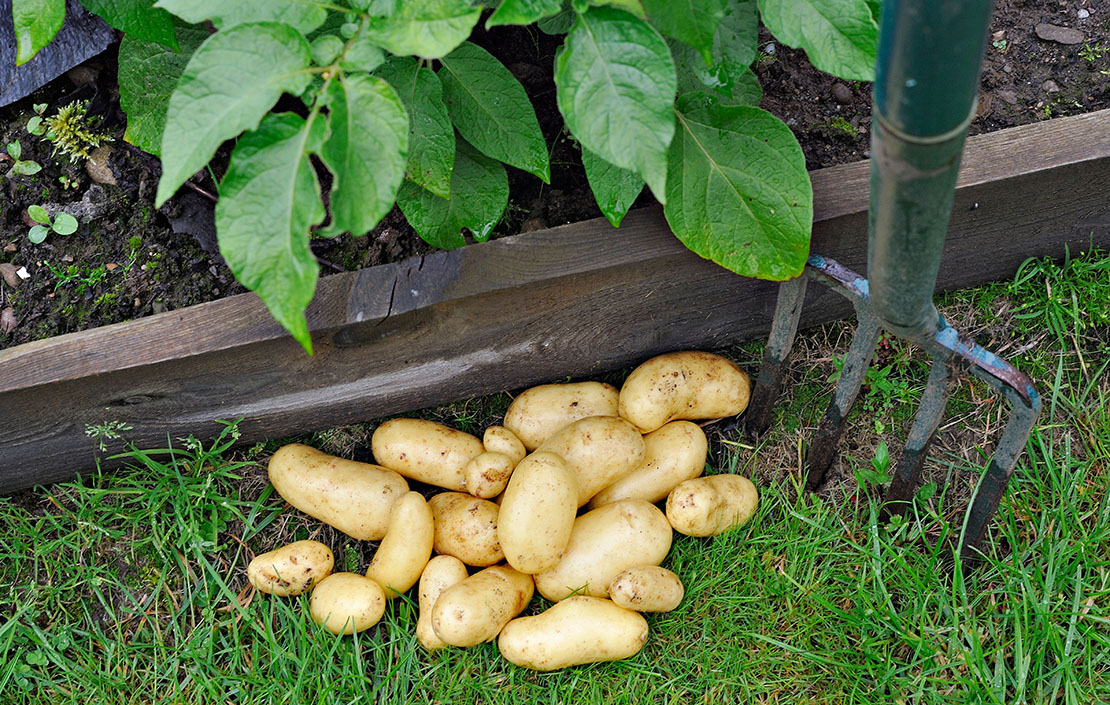
That said, some later varieties are just too good not to take the chance against blight. I’d not be without La Ratte or Vitelotte, and usually try a couple of tubers of one of two others that take my fancy each year.
You’ll be able to find many French varieties from nurseries online, but if you have a chance, I’d recommend visiting a Potato Day. These gatherings dedicated to the marvellous spud are where you’ll find suppliers offering hundreds of varieties, usually available to buy in ones and twos of each type, which means you can have great diversity of flavour from even a small patch.
There’s no need to be concerned about how well French potatoes will do in the UK: most have been developed to do well in cool regions and, having grown them all here in the rainy South-West, I can attest to their suitability.
Mark's favourites:
Cherie (First Early)
A superb variety, with beautiful, deep-rose skin and yellow, waxy flesh. Perfect for salads and sautéeing.
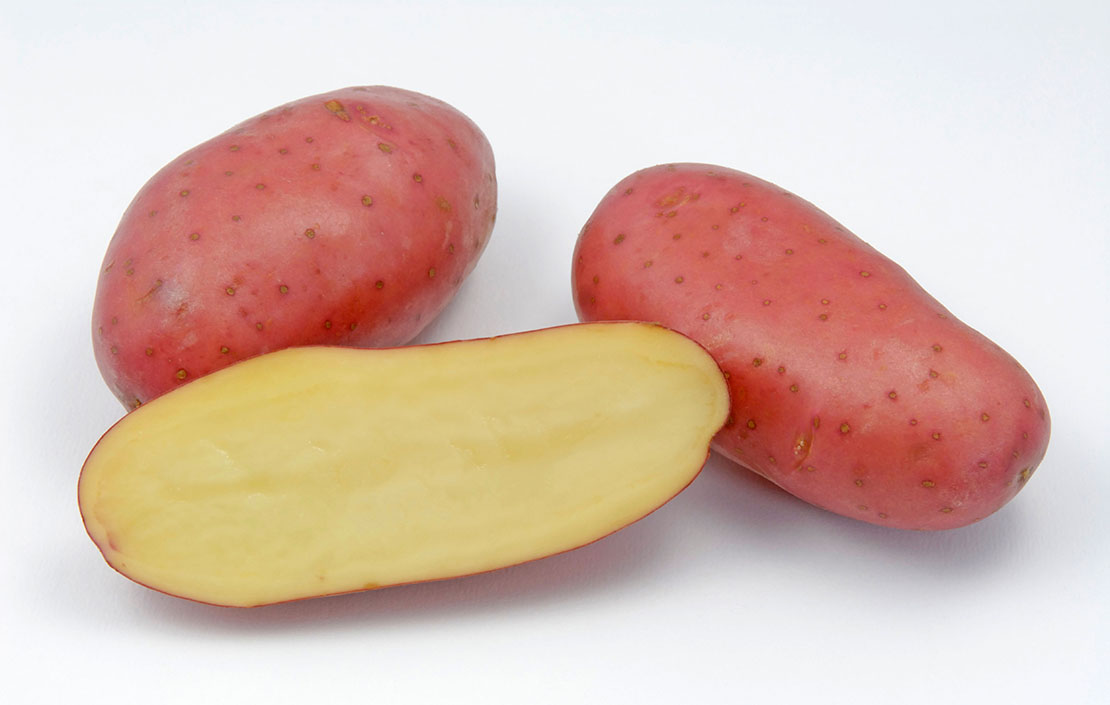
Cheyenne (Second Early)
A new red-skinned, yellow-fleshed salad potato that can be left in the ground to grow on if preferred.
Roseval (Second Early)
An excellent waxy salad potato from the 1950s, with a dark-red skin and deep-yellow flesh with a mild, but outstanding buttery flavour.
Belle de Fontenay (Second Early)
A variety from 1885 that’s understandably popular here and in France. Full of flavour and with a superb waxy texture.
Charlotte (Second Early)
A fairly new and reliable variety, grown widely commercially. Can produce rather large tubers, which may be good or perhaps not: depends what you fancy.
Gourmandine
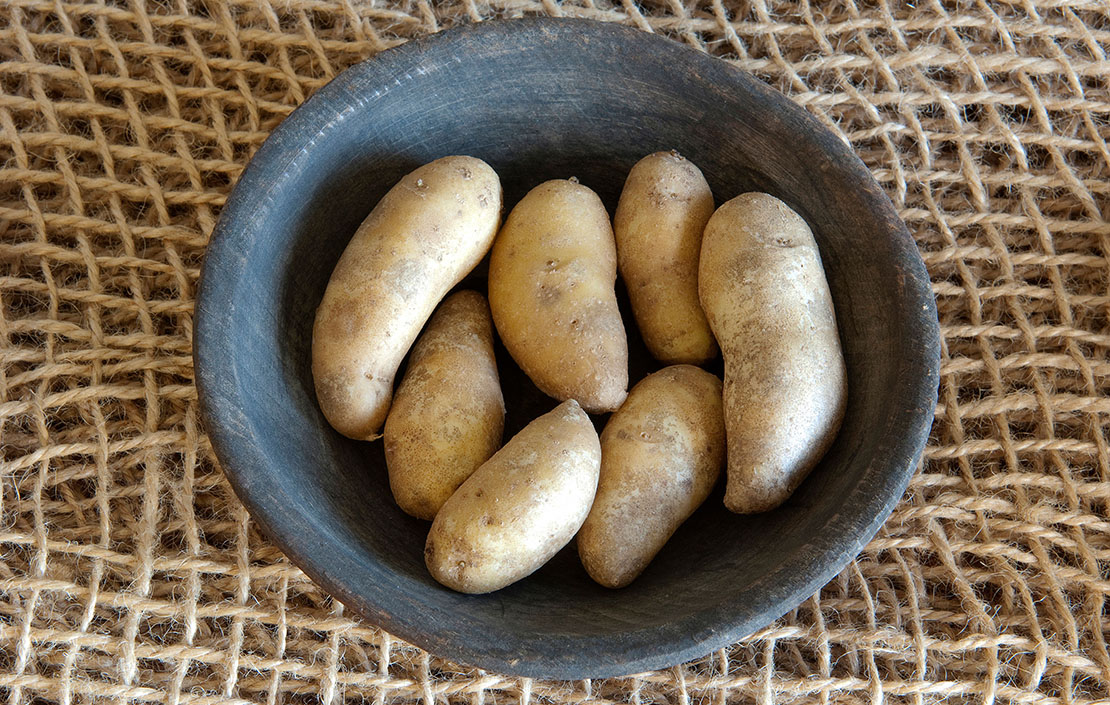
An award-winning Second Early/Early Main salad potato, with yellow skin and creamy yellow flesh. High yielding and keeps well. Delicious and resistant to bruising, powdery scab and black spot.
La Ratte
A long, thin, Early Main crop variety from 1872, with a distinctive chestnut flavour that becomes even more pronounced when eaten cold or just warm in salads. Similar to Pink Fir Apple, but less nobbly.
Vitelotte
A rare Main crop salad potato, with unusually long oval tubers, with dark-purple skin and purple flesh that retains its colour when cooked. A delicious, full-bodied flavour, reminiscent of chestnuts. Originally from South America and cultivated in France since 1850 as a gourmet delicacy, it’s known as the truffle potato in Germany.
For potato days, check your local press and visit www.potato-days.net.
Mark Diacono grows edibles, both usual and unusual, at Otter Farm in Devon.
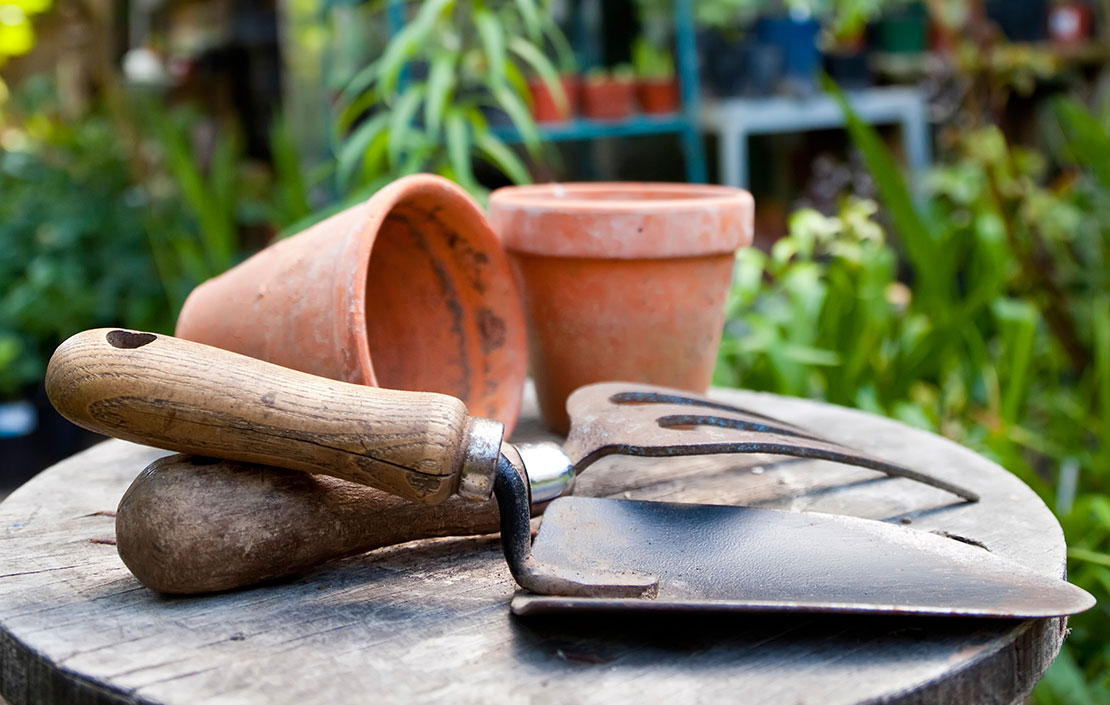
Credit: Alamy
Country Life’s best gardening tips of 2018: Wisteria, Christmas trees and getting rid of box moth caterpillars
Our panel of experts includes writer and broadcaster Alan Titchmarsh and Charles Quest-Ritson, author of the RHS Encyclopedia of Roses
Country Life is unlike any other magazine: the only glossy weekly on the newsstand and the only magazine that has been guest-edited by His Majesty The King not once, but twice. It is a celebration of modern rural life and all its diverse joys and pleasures — that was first published in Queen Victoria's Diamond Jubilee year. Our eclectic mixture of witty and informative content — from the most up-to-date property news and commentary and a coveted glimpse inside some of the UK's best houses and gardens, to gardening, the arts and interior design, written by experts in their field — still cannot be found in print or online, anywhere else.
